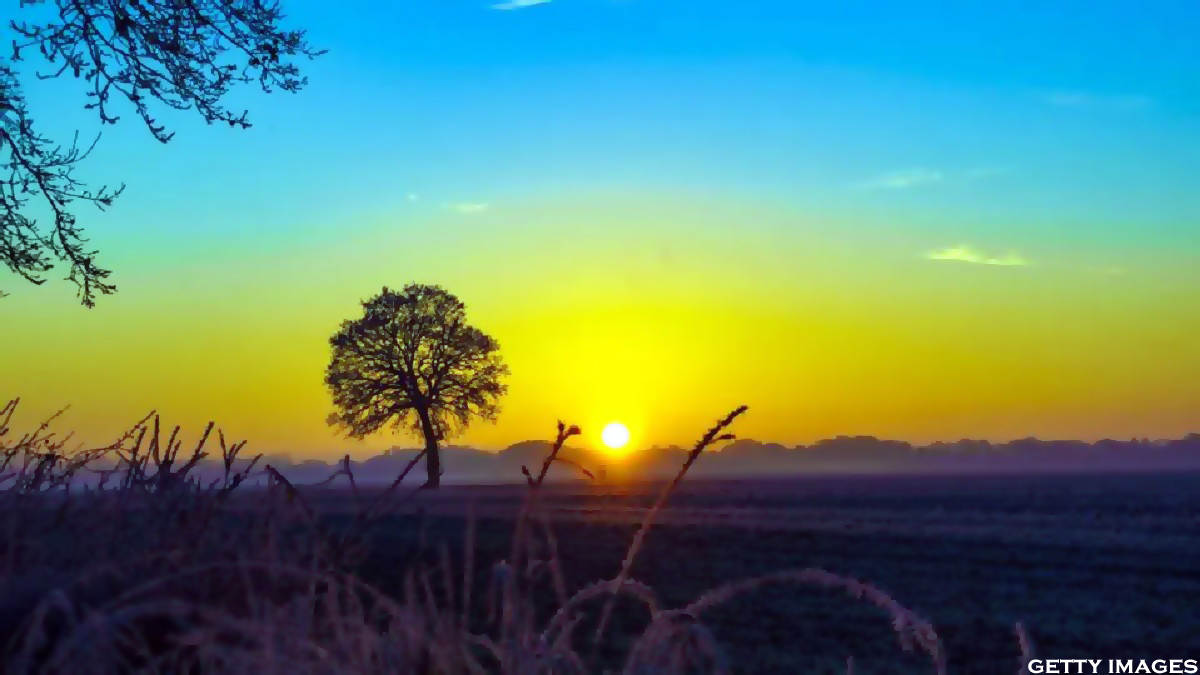Explore the celestial wonders of the Winter Solstice, a pivotal astronomical event marking the onset of winter in the northern hemisphere and summer in the southern hemisphere. Delve into the intricate dynamics of Earth’s axial tilt, the sun’s mesmerizing trajectory, and the profound implications on seasonal transitions. Witness the solstice’s celestial significance, from the sun’s apparent standstill to its impact on daylight fluctuations. Join us on a cosmic journey, contemplating ancient monument alignments, stargazing opportunities, and the mesmerizing dance of celestial bodies.

Winter Solstice Unveiled
At precisely 10:27 p.m. EST on Thursday, December 21, 2023, a pivotal celestial event unfolds as the sun casts its luminance upon the Tropic of Capricorn in the southern hemisphere.
This occurrence heralds the winter solstice above the equator and the summer solstice below it, marking the official commencement of a new seasonal cycle.
Bewildered? There’s no need to be. It’s an intricate tale of cohabiting with a planet sporting a tilted axis—a contemplative moment to ponder the nuances of the sun’s ebb and flow, the rhythmic dance of seasons, and how the cosmic machinery orchestrates life on Earth.
Here’s an exhaustive exploration of the upcoming solstice and the significance it carries.
Decoding the Solstice
In astronomical parlance, this signifies the advent of winter in the northern hemisphere and summer in the southern counterpart. The north experiences its briefest day and longest night, while the south basks in its lengthiest day and shortest night of the entire year.

This narrative is exclusively about Earth’s rotational dynamics. The planet’s axis, tilted at a 23.5-degree angle, exposes different regions to varying durations of sunlight during its annual orbit around the sun—a consequence, perhaps, of an ancient cosmic collision.
During this week’s solstice, the northern hemisphere leans away from the sun, causing the sun to linger at its lowest point in the sky. Simultaneously, in the southern hemisphere, the sun hovers above the Tropic of Capricorn, an imaginary line situated 23.5 degrees south of the equator, casting an intensified glow and prolonging its celestial presence.
Pivotal Sun Stasis
The solstice marks a crucial juncture in the sun’s perceived trajectory. Dr. Minjae Kim, Research Fellow at the Department of Physics, University of Warwick in the U.K., elucidates, “On this day, the sun’s path seems to pause and change direction, a phenomenon that gives rise to the term ‘solstice.’” The term originates from the Latin “solstitium,” signifying “sun stands still.” Kim in addition explains, “This obvious standstill happens because the solar reaches its southernmost factor towards the backdrop of stars.
Henceforth, daylight in the northern hemisphere will gradually lengthen until reaching an equilibrium of 12 hours of daylight and 12 hours of darkness at the March equinox. During the equinox, the Earth’s axis aligns perpendicularly to the sun.
Come the June solstice, the scenario reverses, with the sun positioning itself above the Tropic of Cancer, 23.5 degrees north of the equator. This phenomenon induces summer in the northern hemisphere and winter in the southern hemisphere.
Ramifications of the Solstice
Kim emphasizes, “The Earth’s axial tilt is the fundamental cause of these seasonal variations,” influencing not only temperature disparities but also the fluctuation in day and night length throughout the year.
The sun’s rising and setting points on the horizon change seasonally, a fact not always apparent to most observers. Solstices mark the extremes; for instance, during the winter solstice in the northern hemisphere, the sun ascends in the southeast and descends in the southwest.
These points represent the furthest locations to witness a sunrise and sunset over an entire year. Fast forward six months to the summer solstice in June, and the sun will rise in the northeast and set in the northwest from the northern hemisphere. The midpoint is, unsurprisingly, the equinox, occurring in both March and September, when the sun rises and sets directly east.
Observing the Solstice
While the solstice holds astronomical significance in Earth’s orbit, it doesn’t receive widespread celebration, especially during winter, closely aligned with other festivities.
A suggested way to commemorate the event is to witness the sunrise or sunset on the solstice—a practice seemingly aligned with ancient monuments like Stonehenge. Alternatively, venture outdoors after nightfall for stargazing, promising an excellent view of a brilliantly illuminated Jupiter high in the southeastern night sky, visible immediately after sunset.
Solstices and Equinoxes in 2024
Here are the dates for upcoming equinoxes and solstices in 2024, interspersed with cross-quarter days—calendar benchmarks between these events—some of which may pleasantly surprise you:
- Cross-quarter day: February 2 – Groundhog Day
- March equinox 2024: March 19
- Cross-quarter day: May 1 – May Day
- June solstice 2024: June 20
- Cross-quarter day: August 1 – Lammas
- September equinox 2024: September 22
- Cross-quarter day: October 31 – Halloween
- December solstice 2024: December 21
Wishing you unobstructed celestial views and wide-eyed fascination.
Challenging the Ballot: Colorado’s Supreme Court Disqualifies Trump for 2024 Primary
